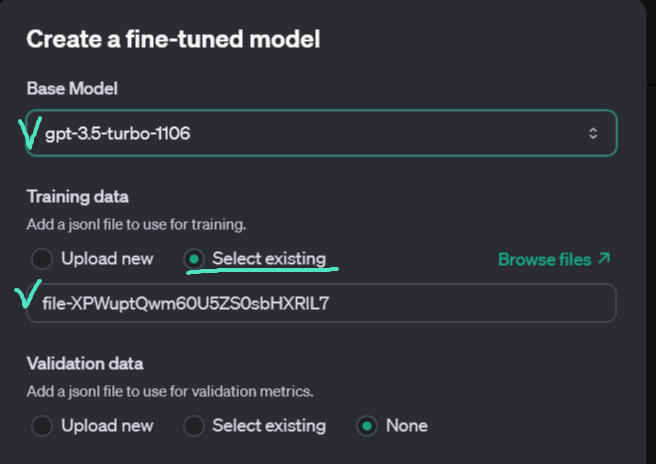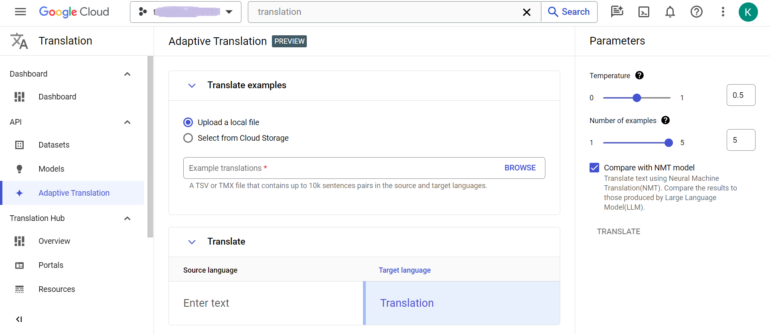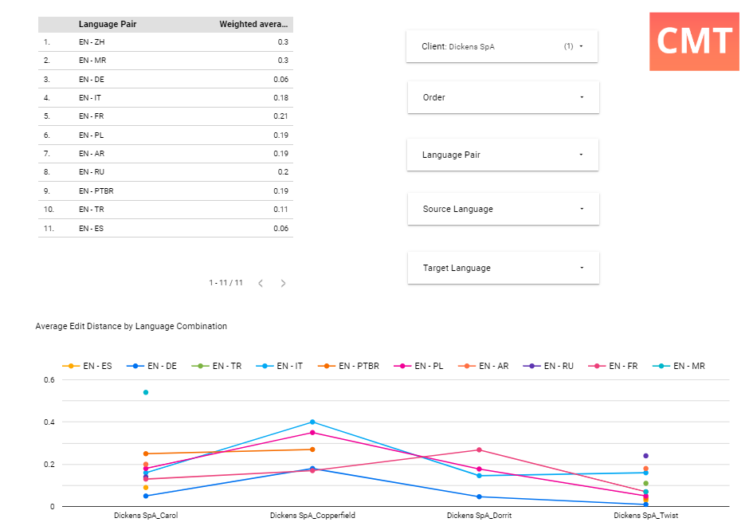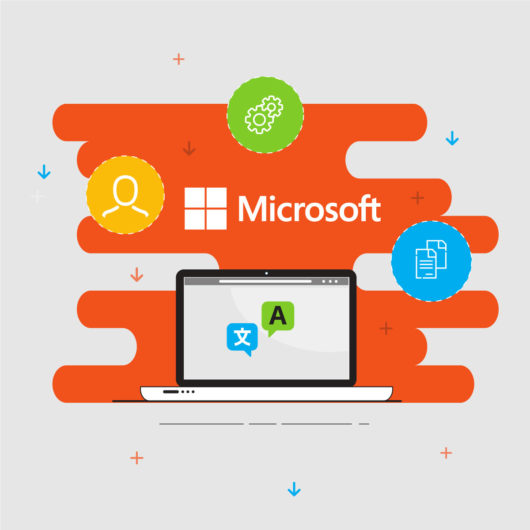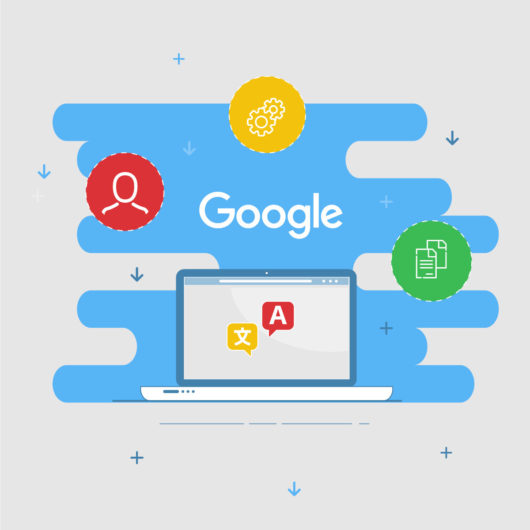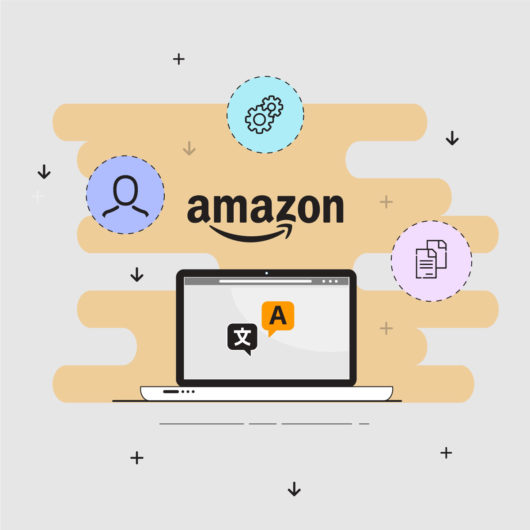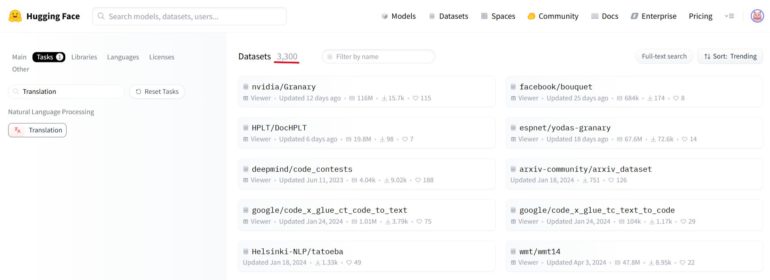
A Guide for Localization Managers, AI Engineers, and Researchers Machine translation (MT) is transforming how we communicate across languages, and at the heart of this revolution are high-quality machine translation datasets. Whether you’re working with computer-assisted translation (CAT) tools, building custom MT models, or managing multilingual content, the right dataset can streamline your work, improve […]

